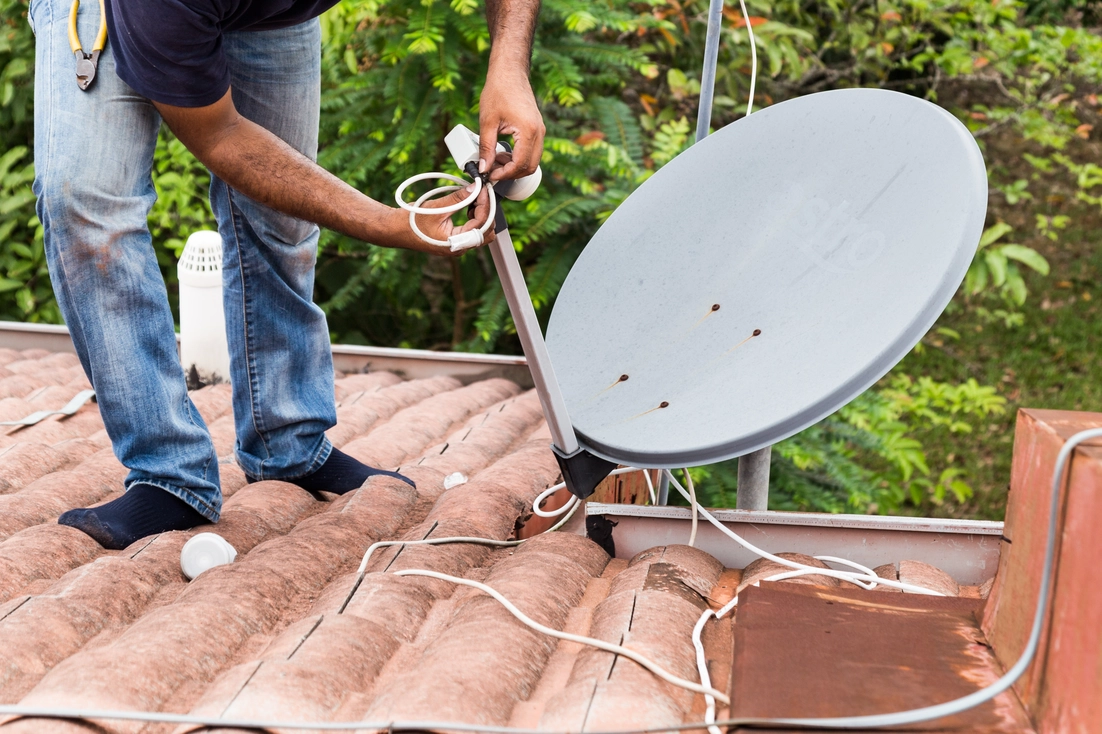
Top Satellite Internet Providers for 2024: Who's Leading the Space Race?
Introduction
It is worth noting that advancement in communication technologies in particular satellite internet has been revolutionary over the past few decades. Satellite internet was once very slow and costly, however, through giants and innovative developments in satellite and grounded equipment the advancement of satellite internet has been realized. New LEO satellite constellations with even greater speed, reliability, and cost are expected to push the boundaries even further. This article will highlight the progression of satellite internet, discuss today’s and tomorrow’s leading satellite providers, and also compare satellite providers and future trends that will define this specific industry.
The Evolution of Satellite Internet
Satellite internet, in its early form, used geostationary satellites, which are satellites placed about 22,000 miles above the Earth. This created significant delays and made satellite internet impractical for many uses, as it was not useful for real-time applications. Ka-band satellites offering a higher throughput were initiated at the start of the 2000s, which assisted in performance enhancement. The most significant development has been in LEO satellites, which orbit the Earth at altitudes of between 200-1000 miles. Another important advantage can be mentioned, and it is that LEO satellites greatly decrease latency while at the same time increasing potential throughput.
Top Satellite Internet Providers in 2024
Starlink by SpaceX
At the moment, in the beta testing phase, with over 2000 satellites deployed by 2024, Starlink offers high broadband speeds and low latency global connectivity through constellations in low earth orbit.
HughesNet
Formed in 1991, HughesNet has over 1.5 million subscribers on newer high-capacity Ka-band satellites and will offer improved services by 2024.
Viasat
Viasat satellite internet another major player in the satellite internet industry, offers high-speed internet with a focus on rural and underserved areas. In 2024, Viasat will continue to enhance its service by launching new satellites and improving its technology.
This satellite internet service provider hopes to grow it's Exede and business internet service and footprint with the constellation provided by its ViaSat-3 satellites in 2022, offering around 1 Gbps.
OneWeb
OneWeb, which is backed by Bharti Global and the UK government, seeks to achieve global LEO connectivity by 2023 and has over 650 satellites in its plan that can provide a low-latency, high-speed, and low-cost network.
Comparing Speed and Reliability
The LEO internet service providers to be launched will offer much higher and faster connections than regular satellite internet. In the initial tests, Starlink has shown a download speed of 100+ Mbps and a latency of 15–25 ms, which already surpasses the GEO satellites and is comparable to many ground-based broadband services. More incumbent players are deploying next-gen GEO satellites with anticipated throughput speeds of 100+ Mbps at a relatively affordable price range by 2024. Since there are numerous satellites and ground infrastructure, RTLM should benefit from redundancy and have a splendid continuity of service.
Cost Analysis
Through such official providers as HughesNet or third-party newcomers like Starlink, such prices keep falling dramatically. Consumers may have to pay $50-150/month for good quality satellite broadband that can compete with mid-end fixed Wireless Broadband Services plans. The enterprise and inflight connectivity satellite services, similarly, are in the same stage, and there is a potential that we will see step function improvements in the rates.
Future Trends in Satellite Internet
New LEO mega-constellations are on the verge of reshaping global telecom market shares and demonstrating that broadband internet is not a luxury for developed markets alone. The global space industry is estimated to have grown to around $350 billion in 2019 and is estimated to reach above $1 trillion by the year 2040, with satellite Internet and IoT connectivity being the leading products. With a mix of well-established companies growing their satellite fleets today and new exciting entrant companies, the future is extremely bright for high-quality and cheaper satellite broadband.
Conclusion
Satellite internet technology has notably evolved over the last two decades. Due to new satellites, modern architecture, and competition, satellite Internet is capable of delivering global, cheap high-speed Internet by 2024. The concept of LEO constellations opens a fair new playground for rural areas; on the other hand, next-generation GEO satellites create new opportunities for well-settled players. When innovation is stepped up and costs brought down, as shown below, it creates prospects for the following ten years of dramatic improvement in quality satellite broadband take-up.
Sattvforme offers the best deals and fastest service with ViaSat satellite internet to get you back online as soon as possible! If you have any questions or want a free quote, call us today at (844) 7781-116.





